December sea ice levels in Arctic Europe at record low
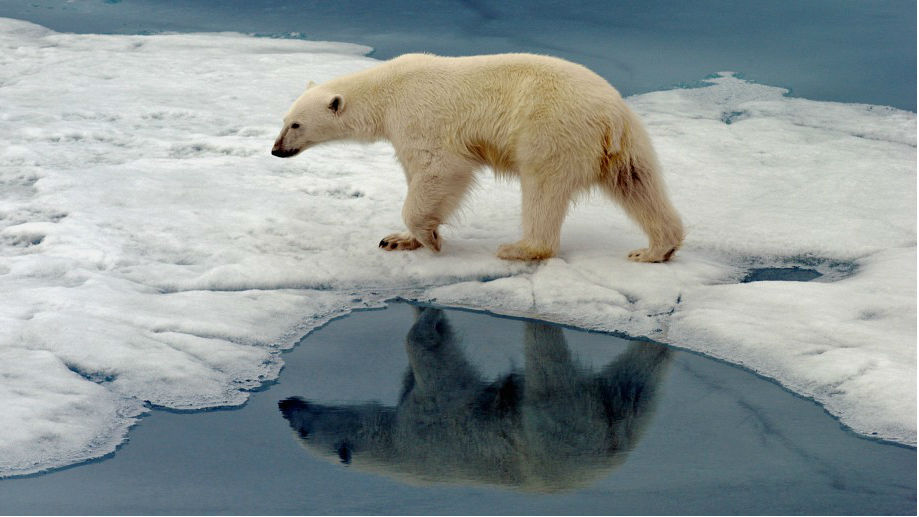
It is December and European Arctic waters are free of ice way north of Svalbard and Novaya Zemlya.
Norwegian Ice Service, run by the Meteorological Institute, has several times the last week tweeted sad news in their daily updates: “This is the lowest area for this day of the year in our records dating back to 1967.”
Ice-free waters
On December 6, the Ice Service could tell that the ice chart showed a cover of 163,280 sq km. That is 185,305 sq. km. below the 1981-2010 average for the Arctic. The service provides ice charts covering waters from Greenland in the west to the northern Kara Sea (Russian Arctic) in the east.
There is almost no sea ice around Svalbard archipelago.
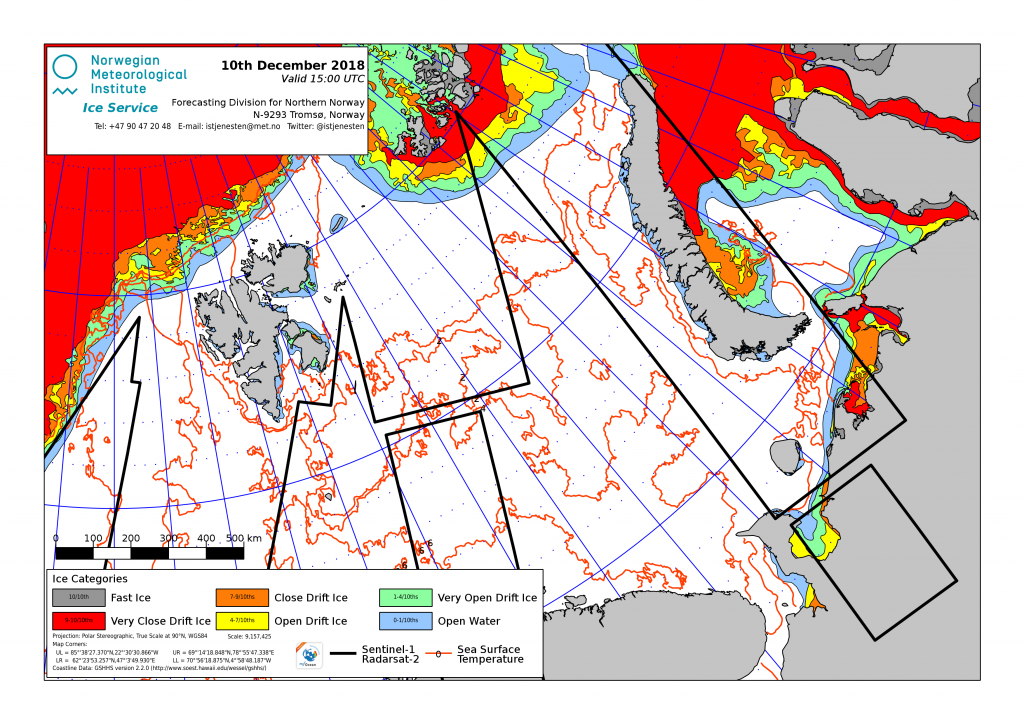
Also, the entire west coast of Russia’s Novaya Zemlya is ice-free. So is the southern part of the Kara Sea and the White Sea. Some close drift ice is found in the northern bays of the eastern Barents Sea and to a larger extent south and east of Frans Josef Land.
It is not strange to see the ice comes later this winter: the Arctic is heating up at more than twice the rate of the rest of the globe and the northern Barents Sea is becoming much warmer. Also, the thinner the ice from last winter, the more melts in summer, resulting in later freezing the following winter.
The Arctic ecosystem is in deep, warm trouble.
Emissions rising
While northerners are firsthand witnesses to dramatic climate change, scientists and politicians from around the world are gathering in Katowice, Poland for COP24 to discuss the follow-up of the Paris Climate Agreement. Or, more correctly: the lack of follow up since the 2015 Paris talks.
Opening the COP24 last week, UN Secretary General António Guterres said: “We are in trouble. We are in deep trouble with climate change.”
“It is hard to overstate the urgency of our situation,” Guterres continued.
Along with the Katowice meeting, scientists presented more bad news: Emissions of carbon dioxide actually increased last year and reached the highest levels on industrial records. CO2 emissions was up 1,6 percent in 2017 and are predicted to rise 2,7 percent in 2018.
Related stories from around the North:
Canada: Interactive Canadian ebook seeks to make Arctic climate science accessible, Eye on the Arctic
Finland: Finland ninth, Sweden first in EU climate efforts: enviro group, YLE News
Norway: Thawing permafrost melts ground under homes and around Global Seed Vault in Svalbard, The Independent Barents Observer
Poland: ‘It would be great to have clean air’: A Polish wish as crucial climate talks open, CBC News
Russia: Arctic coastal town of Dikson is fastest-warming place in Russia, The Independent Barents Observer
Sweden: Glacier in central Sweden “collapsing” as climate warms, Radio Sweden
United States: New study predicts ‘radical re-shaping’ of Arctic landscape by 2100, CBC News

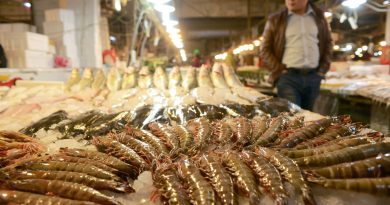
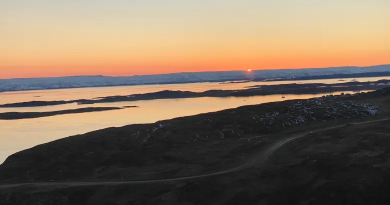
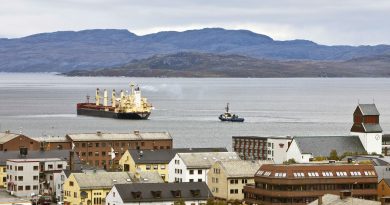
How do you sleep at night knowing the lies you publish? An Arctic heating from -25*C to -22*C (3*C is about twice the alleged warming of the planet) is insignificant and very unlikely to have any effect on the environment in the region. Also, according to records at the DMI this area highlighted in the picture back in 2012-2016 were ice-free, only in 2017 on this date was there ice this region which suggests that this claim of yours has no basis in data and the fact you cherry-pick your data to support this spurious claim makes you a fear mongering agenda driven propagandist.
http://ocean.dmi.dk/arctic/icethickness/anim/plots/CICE_combine_thick_SM_DK_20171210.png
http://ocean.dmi.dk/arctic/icethickness/anim/plots/CICE_combine_thick_SM_DK_20161210.png
http://ocean.dmi.dk/arctic/icethickness/anim/plots/CICE_combine_thick_SM_DK_20151210.png
http://ocean.dmi.dk/arctic/icethickness/anim/plots/CICE_combine_thick_SM_DK_20141210.png
http://ocean.dmi.dk/arctic/icethickness/anim/plots/CICE_combine_thick_SM_DK_20131210.png
http://ocean.dmi.dk/arctic/icethickness/anim/plots/CICE_combine_thick_SM_DK_20121210.png